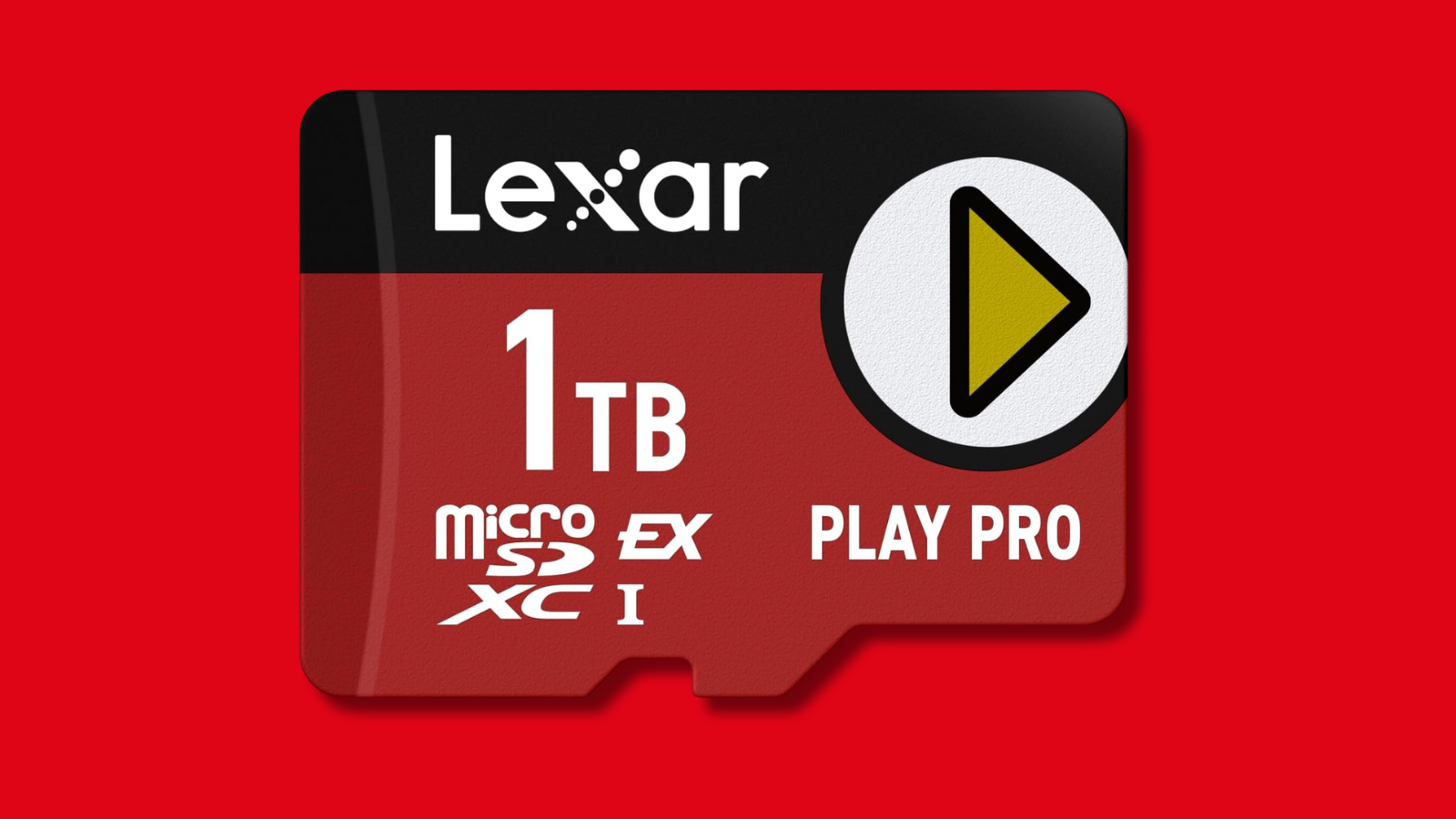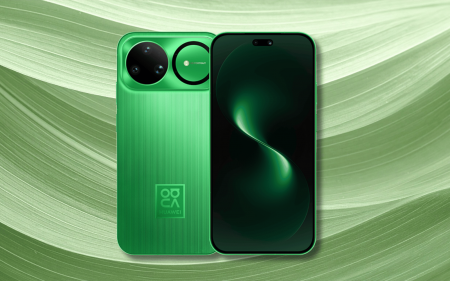Anyone else hear crickets?
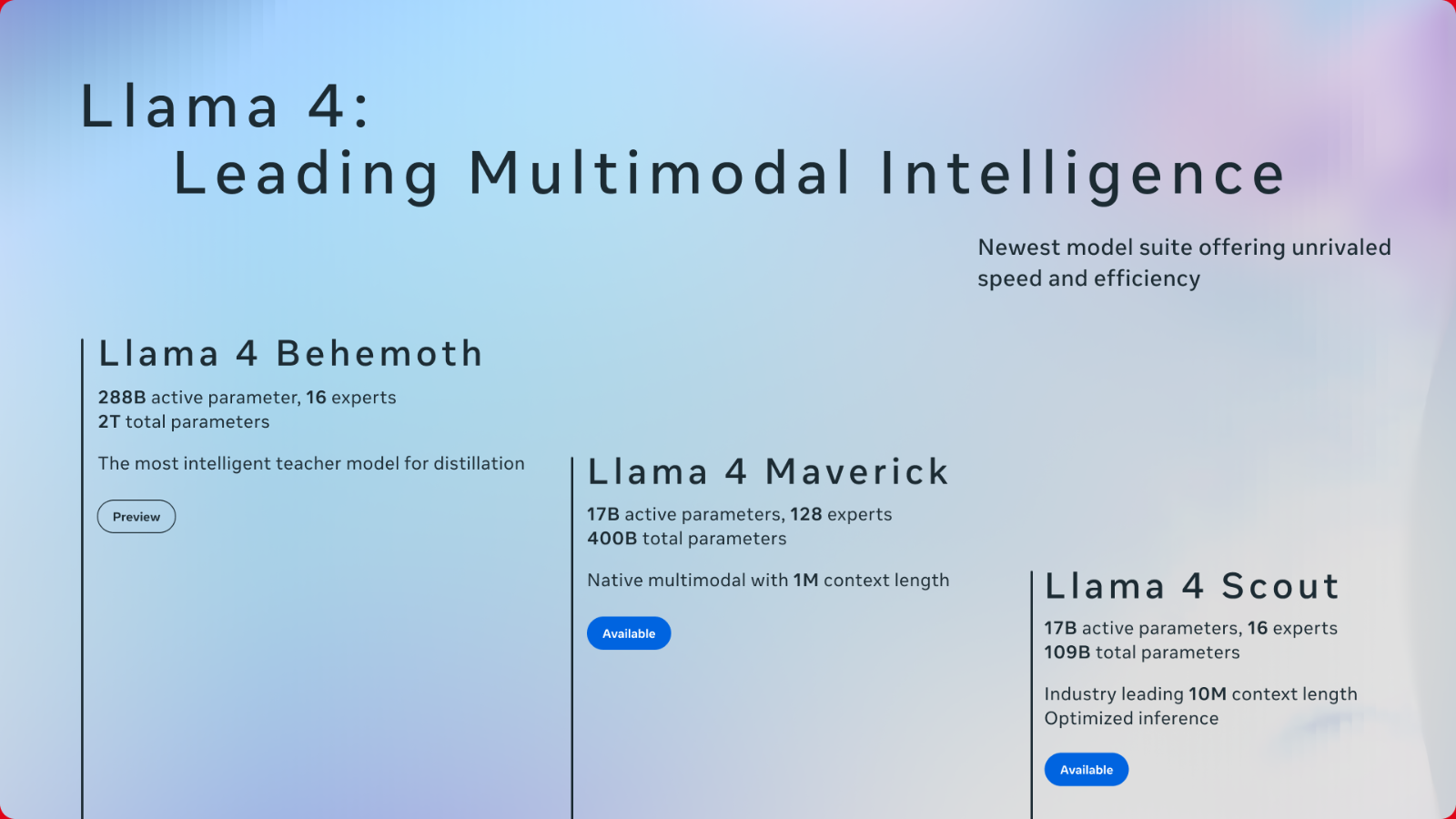
It feels like it was just the other day when Meta unveiled a new batch of Llama AI models, and yet, here it is, announcing Llama 4, the latest generation of models powering the company’s AI assistant, WhatsApp, Messenger, and Instagram search bars. Specifically, it’s brought two new models into the world as part of the ‘Llama 4 herd’ – Llama 4 Scout and Llama 4 Maverick.
Meta claims that Llama 4 Scout is a multimodal “17 billion active parameter” model with 16 experts on the smaller side that reportedly fits inside a single Nvidia H100 GPU. Maverick, on the other hand, ups that number to 128 experts and functions similarly to that of OpenAI’s ChatGPT-4o or Gemini 2.0 Flash, but features reasoning and coding capabilities that put it on par with DeepSeek v3. Bold claims, Meta.
While these are the focus of the announcement, and can be downloaded from Meta or Hugging Face now, Meta took the opportunity to sing the praises of Llama 4 Behemoth. This is the company’s “most powerful” model with a “288 billion active parameter model with 16 experts.” You’ll have to take Meta’s word for it that it outperforms the likes of GPT 4.5, Claude Sonnet 3.7, and Gemini 2.0 Pro “on several STEM benchmarks.”
Stop trying to make AI gaming happen, it’s not going to happen
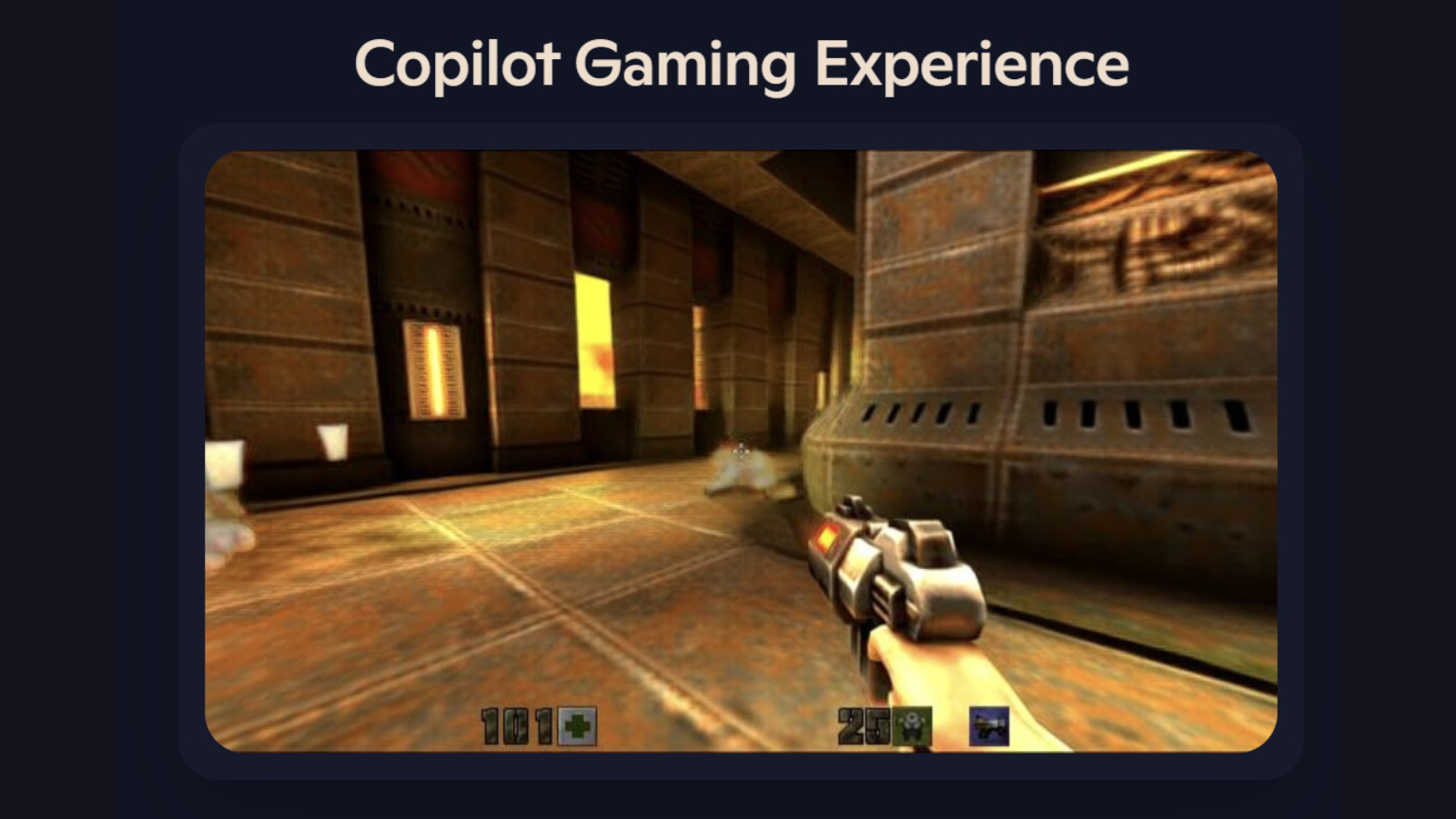
Would you rather play Quake II right now or some crummy knock-off tech demo that can sort of recreate the iconic first-person shooter? If you’re the one who chose the latter, Google’s announcement might be just the thing for you. In an attempt to show off the prowess of Copilot Labs, Microsoft has made an AI “rendition” of Quake II available to play with the help of Muse.
It’s about as lame as you’d imagine. Without all the blood, sweat, and tears that went into the original development of Quake II, the Muse-generated version is expectedly lifeless. The biggest upgrade here is that you can play this imposter Quake right from your browser, with a basic control set and even blurrier enemies. “Combat with them (damage being dealt to both the enemy/player) can be incorrect,” it said.
With a newly upgraded WHAM model at hand, Microsoft claims to have made some improvements since the initial Bleeding Edge tech demo, now supporting ‘real-time video generation’ with more than 10+ frames a second, though still not quite enough to make a fast-paced shooter work.
“This WHAMM model is an early exploration of real-time generated gameplay experiences. As a team, we are excited about exploring what new kinds of interactive media could be made possible by these kinds of models. We highlight the limitations above not to take away from the fun of the experience, but to bring attention to areas in which future models could be improved, enabling new kinds of interactive experiences and empowering game creators to bring to life the stories they wish to tell,” Microsoft concluded.
All aboard the Lexar 1TB MicroSD Express
Sure, the newly announced Nintendo Switch 2 has 256GB of storage – a big step-up from its meagre 32GB beginnings in the original hardware – but it’s far from being enough in this day and age. Games are larger than ever, with expanding maps and larger texture resolutions, and developers aren’t slowing down. To make matters worse, the Switch 2 won’t accept your regular microSD cards of old, and instead only accepts microSD Express.
To that end, Lexar has announced the Play Pro microSDXC Express Card, featuring three different storage capacity options: 256GB, 512GB, and what is the first 1TB microSD Express card. Beefing up that Switch 2 won’t be cheap, however, with Lexar demanding $200 (∼ R3,800) for the top dog, according to Engadget. That’s before you calculate any shipping fees Amazon might impose, of course.
Lexar reckons it’s compatible with the Switch 2, Steam Deck, and ROG Ally, and claims read speeds of up to 900MB/s, four times more than your typical UHS-I microSD cards. Whether it’s worth the upgrade is up to you. South Africa recently saw pre-orders go live for the Switch 2, and the pricing is exactly what you’d expect, which could throw a spanner in the works for plenty of folks looking to make the upgrade.
Copilot gains a new pair of eyes
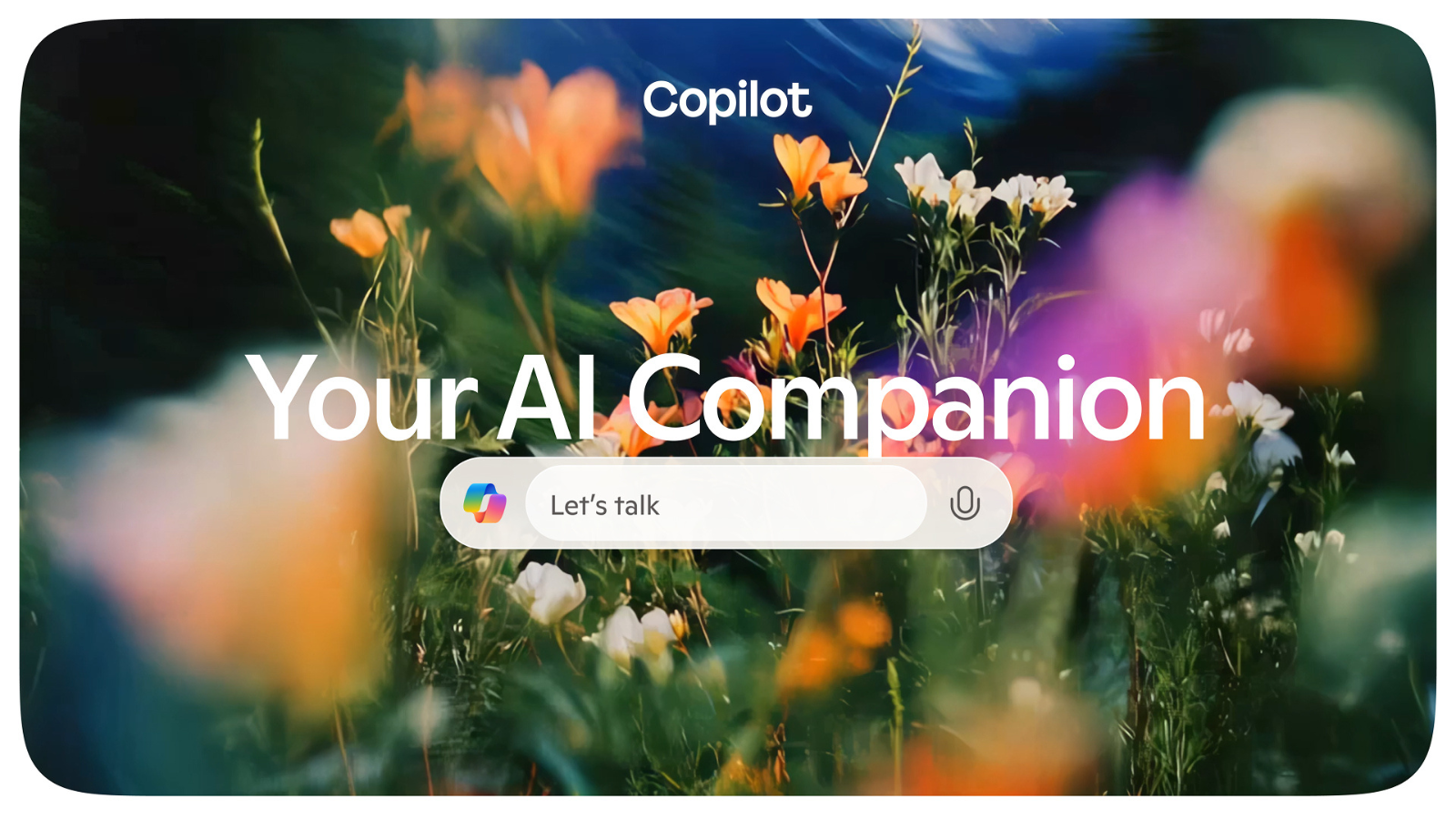
Copilot Vision is coming to a smartphone near you. In a recent announcement, Microsoft announced that Copilot, the company’s AI assistant, would finally see some big upgrades on mobile, with the biggest change being the addition of Copilot Vision and some new multimodal capabilities, allowing the assistant to ‘see’ the world around you, and discuss what it ‘sees’ with you.
Thus far, Copilot Vision has been limited to the Edge web browser, which gave it the ability to keep an eye on your screen and offer advice for what it saw. Now, it’s integrating with your smartphone’s camera to “enable an interactive experience with the real world, in real time,” all using the Copilot app. It can analyse imagery in real-time or even take a glance at your gallery and dissect what it ‘sees’ there.
Whether customers will want an AI assistant to take a peek at their private pictures remains to be seen, especially one that hangs on the arm of one of the biggest tech conglomerates in the world. Either way, the update hits the Copilot app for both Android and iOS.


